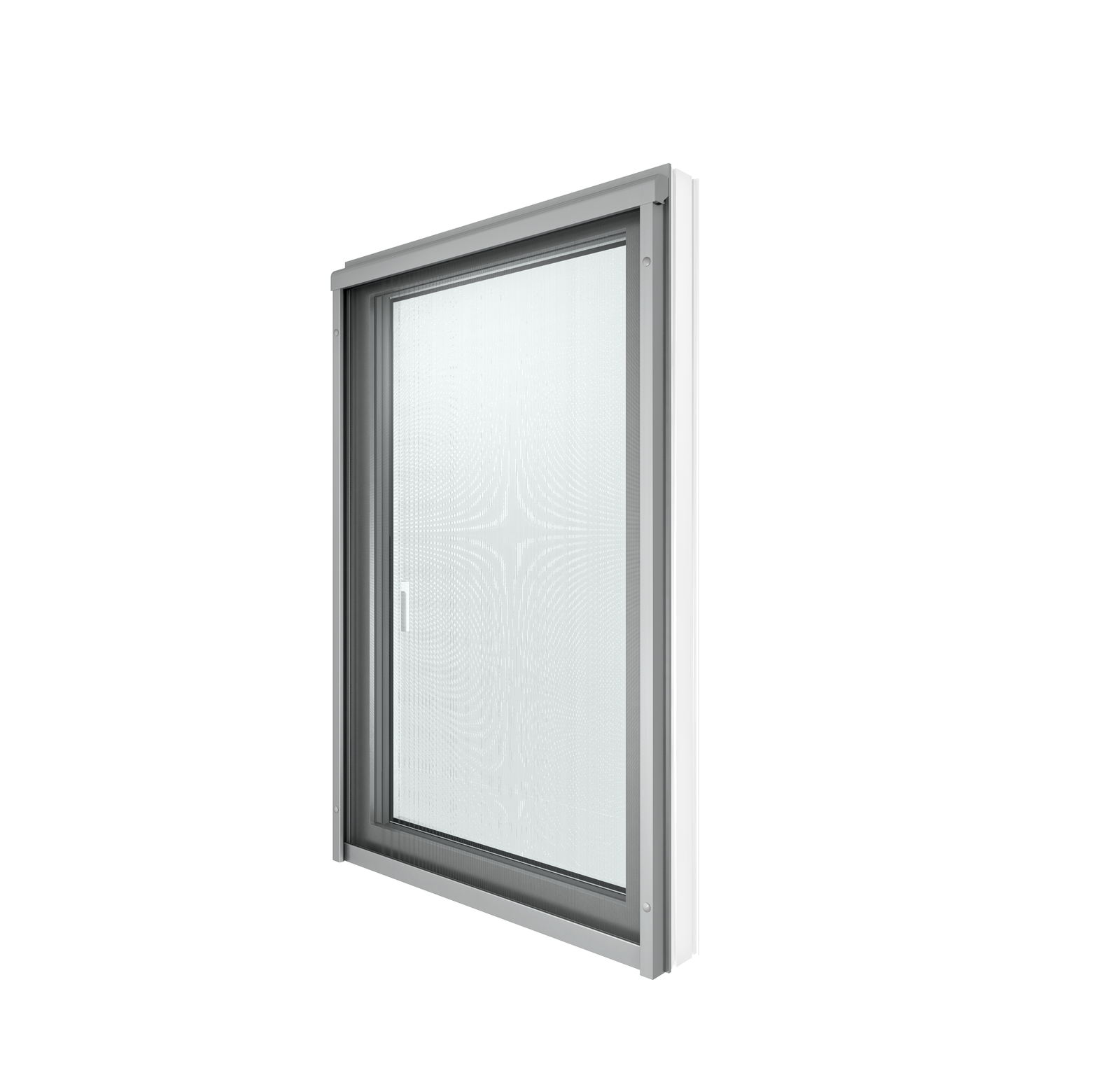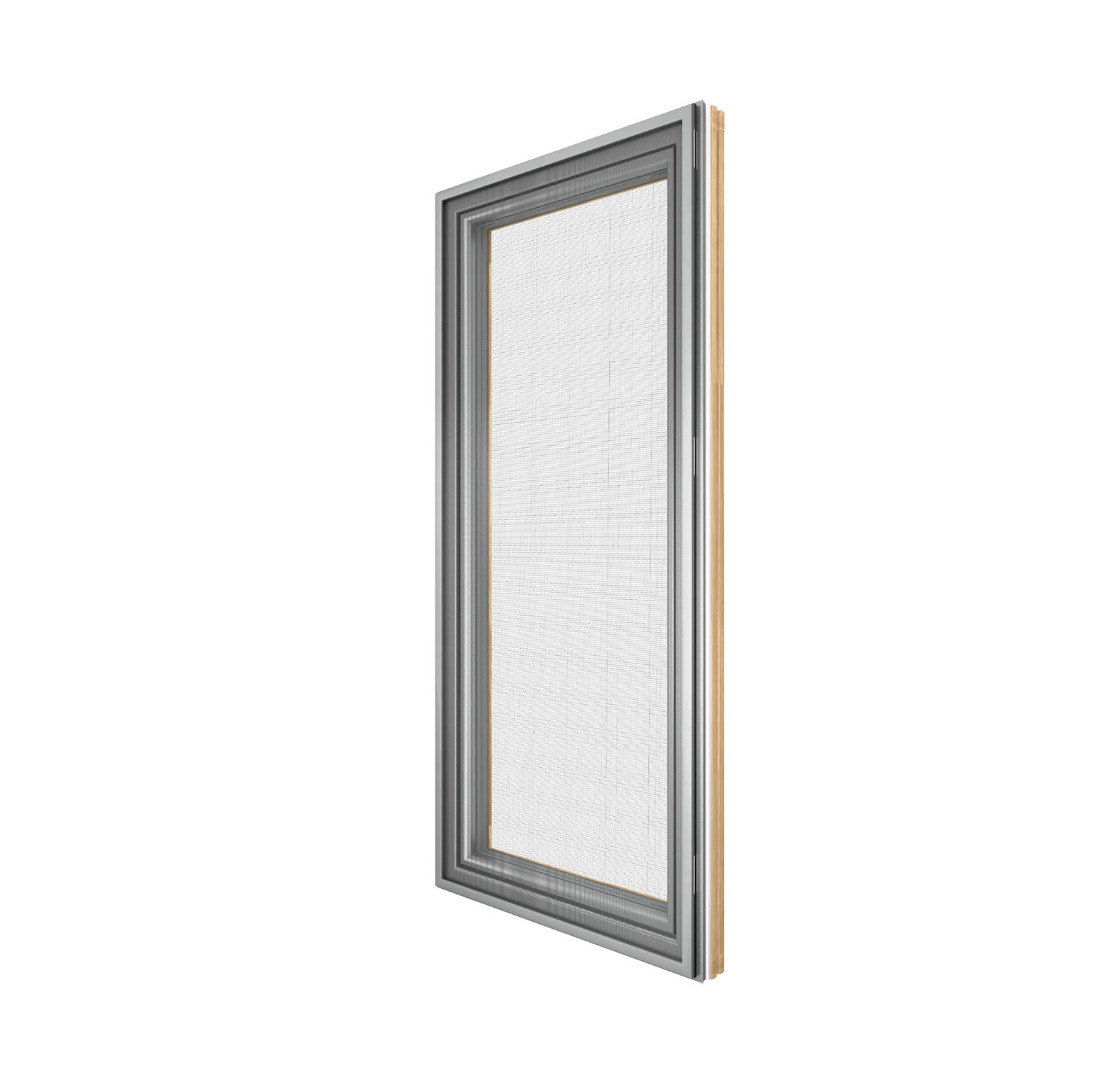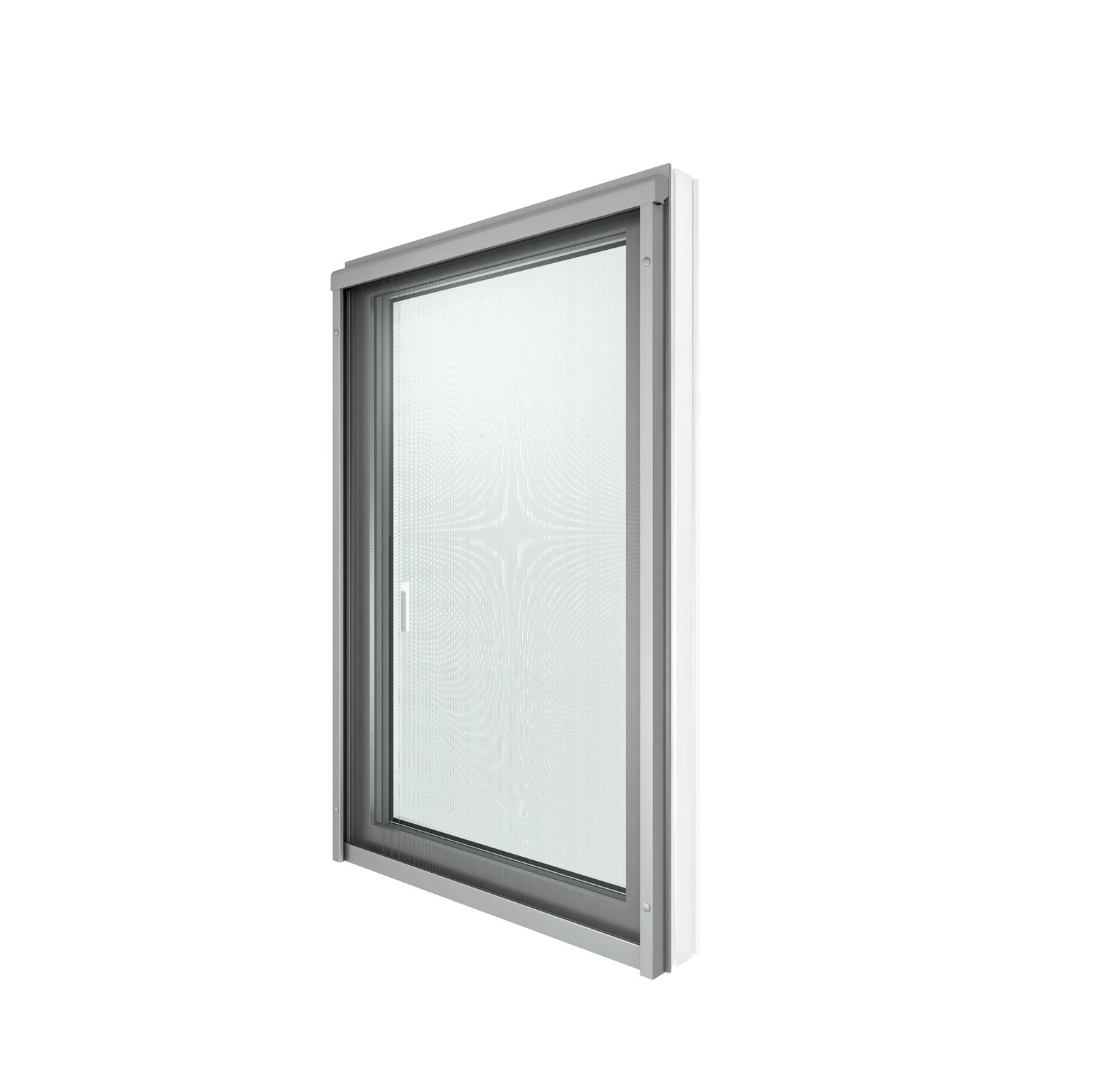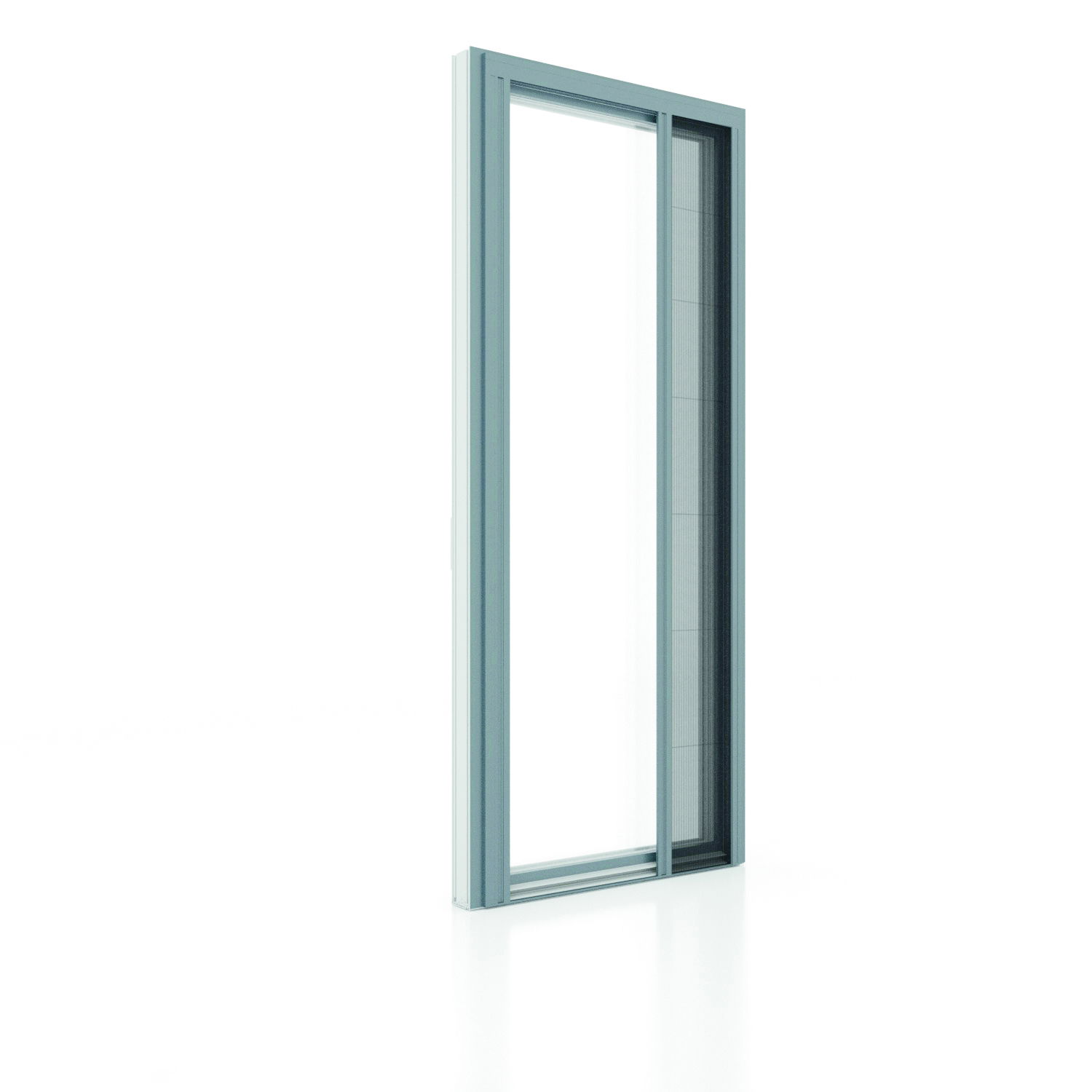Bugs Getting Through the Windows? How to Seal Up Your Home for Good!
If you’ve ever found yourself dealing with an invasion of insects inside your home, you're not alone.
Whether it’s cluster flies, ladybirds, or house spiders, many pests find their way indoors through small cracks and crevices, especially around windows. Some, like the boxelder bug, are common in North America but are not a widespread issue in the UK. However, there are still plenty of UK-based pests that can become a real nuisance inside your home.
If you’re tired of battling these unwanted guests, it’s time to take a proactive approach. Let’s explore why these insects get inside, how they enter, and most importantly, how to keep them out for good.
Which Bugs Are Getting Inside UK Homes?
Unlike North America, where boxelder bugs are a common nuisance, UK homeowners are more likely to deal with the following window-invading insects:
- Cluster Flies – These small, sluggish flies gather in large numbers around windows, particularly in autumn as they seek shelter for winter.
- Harlequin Ladybirds – Introduced to the UK, these invasive ladybirds enter homes in groups during autumn and can stain surfaces if crushed.
- House Spiders – Among the largest spiders in the UK, they tend to enter homes in late summer and autumn in search of mates.
- Mosquitoes & Midges – Found near water sources, these insects can enter through open windows, particularly in warmer months.
Where Are They Getting In?
If you’re noticing a constant presence of insects indoors, they’re likely finding their way in through small gaps you may not even realise exist.
Key Entry Points to Check:
- Gaps between the window frame and walls – Even hairline gaps can let bugs in.
- Cracks in caulking around windows and doors – Dried-out or peeling silicone is a common weak point.
- Loose or missing weather stripping – A tight seal helps block entry.
- Vents, soffits, and weep holes – These areas provide easy access for pests.
- Gaps in siding or foundation – Look for:
- Cracks in brickwork or mortar where insects can crawl in.
- Loose or damaged panels on timber or uPVC cladding.
- Gaps along the foundation where it meets the ground.
Sealing Up the House: The Best Defense
The best way to stop bugs from getting in is to block their entry points before they invade your home. Here’s where to start:
1. Inspect & Seal Windows
- Open the window and slip a piece of paper between the window sash and frame where it's sealed with the rubber gasket. If the paper slides easily and you can pull it out, the window isn't properly sealed and needs adjusting or repairing.
- Check if the exterior sealant between the wall and window has any gaps. If there are gaps, it might need resealing.
- Ensure external sills are installed correctly and sealed with silicone around the perimeter.
2. Check & Re-Apply Silicone
- Inspect any silicone applied externally around your windows for cracks or gaps.
- Use a high-quality silicone to reseal any broken areas around windows and doors.
3. Replace Broken Seals/Gaskets
- Inspect doors and windows for worn-out or missing rubber gaskets and replace as needed.
- Pay special attention to gaps under doors and windows that don’t close properly.
4. Seal Off Other Openings
- Use fine mesh insect screens over vents and drainage holes to prevent entry.
- Check for small openings around pipes and utility lines entering your home—seal these with expanding foam or silicone.
Other Options: Flyscreens
Many window and door suppliers offer external flyscreens in the UK. These include pull-down flyscreens, turn-open flyscreens, and pleated flyscreens for lift-and-slide doors.
Types of Flyscreens:
- Pull-down flyscreens – A popular choice for windows and doors. They're easy to use, simply pulling down when needed and rolling back up when not.
- Turn-open flyscreens – Ideal for doors, offering a wider opening than pull-down screens. They often have a magnetic closure for easy access.
- Pleated flyscreens – Perfect for lift-and-slide doors. They fold neatly into a compact unit when not in use, providing a sleek and unobtrusive solution.




Final Thoughts
If you’re struggling with insect invasions, sealing off entry points and using exterior flyscreens can make a huge difference. Start with your windows and expand to other potential gaps around your home. The more proactive you are now, the fewer pests you’ll be dealing with next season!
Got any tried-and-true methods for keeping bugs out? Share your tips in the comments below!
